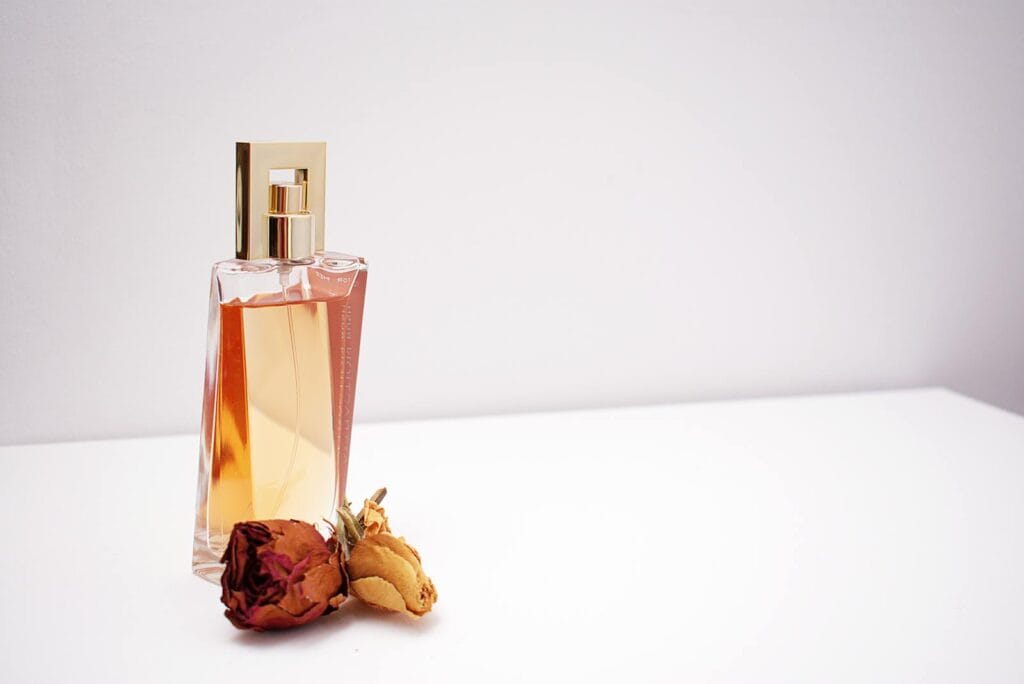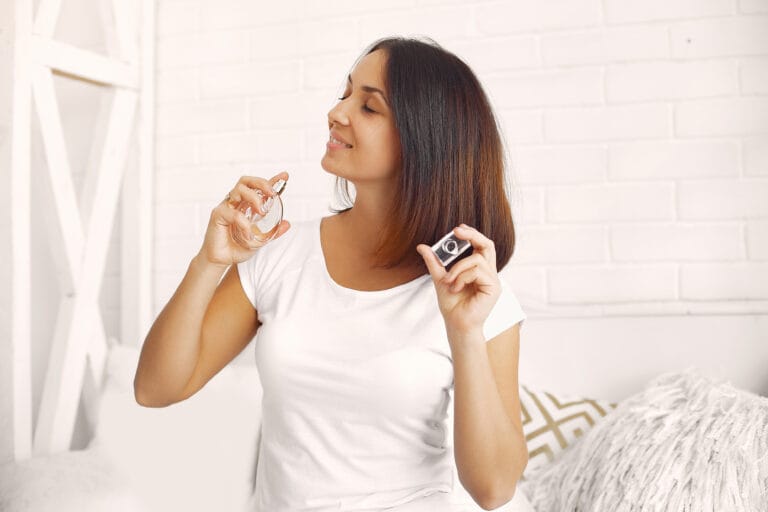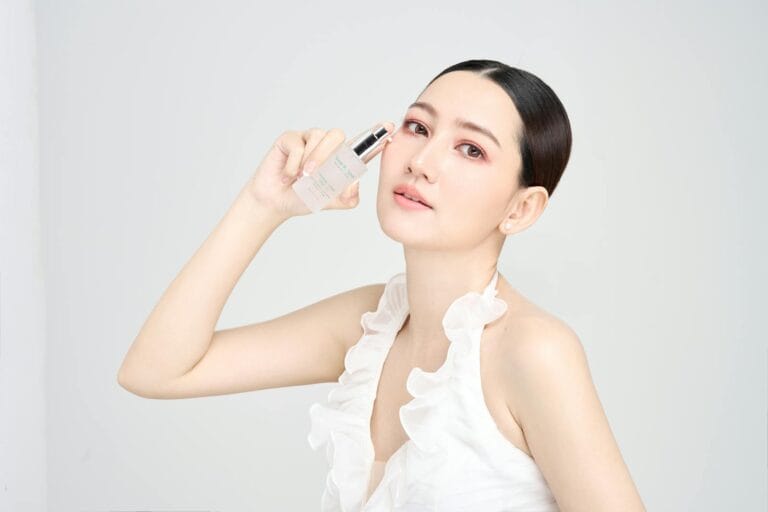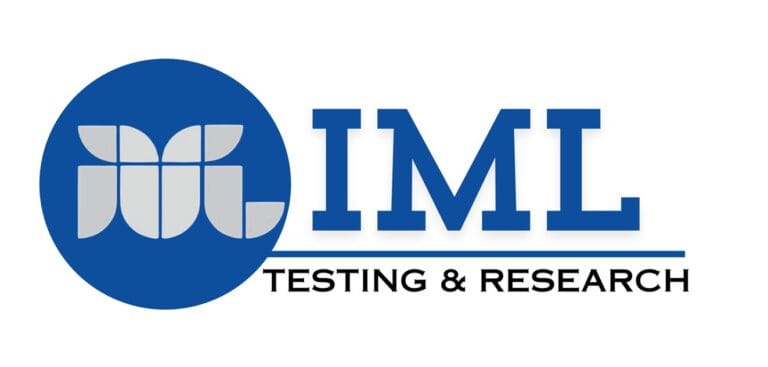
Can Perfume Be Dangerous? Here are Important Regulations to Ensure Its Safety

- Perfume Composition and Function
- Types of Perfume Based on Aromatic Concentration
- Regulations and Perfume Safety Standards
- Refill Perfume Regulations
Perfume is a mixture of essential oils or fragrance compounds, fixatives, and solvents, typically available in liquid form. In daily life, perfume is used to provide a pleasant aroma to the human body, animals, food, objects, and living spaces. The essential oils, whose primary function is to produce aroma, can come from natural sources such as flowers, fruits, spices, or from synthetic aromatic compounds made to mimic natural scents or create new aromas.
Perfume Composition and Function
Fixatives and solvents are two important components that help improve the quality and longevity of the fragrance. Fixatives slow down the evaporation of aromatic compounds, allowing the perfume’s scent to last longer when applied to skin or clothing. Some common fixatives include ambergris, musk, benzoin, and labdanum.
On the other hand, solvents are used to dissolve aromatic substances and improve the spreadability of the fragrance when applied. Solvents also help formulators adjust the desired concentration of the scent. Alcohol, particularly ethanol, is the most commonly used solvent in perfumes due to its high solubility, fast evaporation rate, and lack of residue on the skin.
Read more:
Role of Perfume in Cosmetics
Types of Perfume Based on Aromatic Concentration

Currently, the production and distribution of perfumes have become an inseparable part of daily life. Perfumes intended for humans are available in various forms, such as eau de parfum, eau de toilette, and body mist, which differ based on their aromatic concentration. Eau de parfum has the highest aromatic concentration, around 15-20%, providing a stronger and longer-lasting scent.
This product is often chosen for special events or evening use, as its aroma can last for 6-8 hours. Eau de toilette contains a lower aromatic concentration, around 5-15%, offering a lighter scent that lasts for about 4-6 hours. Body mist, on the other hand, has the lowest aromatic concentration, around 1-3%, and evaporates more quickly than other types of perfume. However, with the large number of perfume products on the market, regulations governing the production and distribution of perfumes are essential for improving consumer protection.
Read more:
Latest Trends in the Perfume Industry!
Perfume Safety Regulations and Standards
Several regulatory bodies play a role in overseeing the perfume industry, including the International Fragrance Association (IFRA) at the international level and the National Agency of Drug and Food Control (BPOM) in Indonesia. IFRA sets global safety guidelines and regulations regarding the use of ingredients in the production of perfumes and other aromatic products in the fragrance industry. This organization aims to ensure that perfumes in the market are safe for consumers by setting standards for the concentration and use of certain ingredients that may pose health risks.
IFRA also conducts research to ensure the safety of perfume ingredients and develops ethical codes followed by its members to protect consumers. The standards set by IFRA are crucial for maintaining the quality and safety of perfume products worldwide. In performing its duties, IFRA collaborates with other regulatory bodies such as the European Medicines Agency (EMA) and the US Food and Drug Administration (FDA) to monitor and regulate the ingredients used in the perfume industry.
BPOM, on the other hand, is the national regulatory body responsible for ensuring that products, including cosmetics and perfumes, circulating in the Indonesian market are safe and comply with established standards. BPOM monitors the ingredients contained in products, conducts laboratory testing, and ensures that products sold in Indonesia do not pose health risks to consumers. Several regulations implemented by BPOM to oversee perfume products in Indonesia include BPOM Regulation No. 23 of 2019 on Technical Requirements for Cosmetic Ingredients, which regulates the ingredients allowed and prohibited in cosmetics, including perfumes.
This regulation explicitly prohibits the use of potentially toxic substances such as phthalates and nitromusks, which are known to have negative health effects. Additionally, BPOM Regulation No. 20 of 2015 on the Supervision of Cosmetic Products governs the registration and safety evaluation process for cosmetic products, including perfumes, before they can be marketed in Indonesia. As part of ASEAN, Indonesia also adopts the ASEAN Cosmetic Directive (ACD), which aims to ensure the harmonization of cosmetic regulations in the Southeast Asian region.
The ACD mandates ingredient reporting and safety testing of cosmetic products, including perfumes, before they can be marketed in ASEAN member countries. Therefore, this regulation ensures not only the safety of perfumes in Indonesia but also that the safety standards applied are in line with international regulations, providing greater protection for consumers.
Refill Perfume Regulations
One real-world case highlighting the importance of regulations governing the production and distribution of perfumes is the proliferation of refillable perfumes. Although refillable perfumes offer more affordable prices and reasonably long-lasting aromas, many products do not meet the safety standards set by regulations. For example, BPOM found that many refillable perfumes contained methanol at levels far exceeding the safe limit, over 5%, which poses risks such as skin irritation, eye damage, and long-term effects like liver damage and skin cancer.
This case demonstrates the critical need for stringent regulations to ensure that cosmetic products, including perfumes, are safe for consumers. Make sure the perfume products you produce have gone through thorough safety tests. Avoid the risk of hazardous materials and meet regulatory standards before your products reach consumers. It's time to test your cosmetics in a trusted and experienced laboratory in it’s field.
Author: Rahmidevi Alfiani
Editor: Sabilla Reza Pangestika
References:
Reawaruw, R. P. K., Berlianty, T., & Kuahaty, S. S. (2023). Perlindungan Hukum Bagi Konsumen Kosmetik Atas Produk Parfum Isi Ulang. PATTIMURA Law Study Review, 1(1), 291-301.
Trisha, T., Naman, S., Chauhan, N. S., & Baldi, A. (2022). Regulatory Framework for Flavors and Fragrances: Comprehensive Suggestive Guidelines. In Flavors and Fragrances in Food Processing: Preparation and Characterization Methods (pp. 479-506). American Chemical Society.
Wibowo, N. P., Subekti, R., & Raharjo, P. S. (2024). Studi Perbandingan Pengaturan Peredaran Kosmetik Antara Badan Pengawas Obat Dan Makanan Republik Indonesia Dengan Food And Drug Administration Amerika Serikat. Terang: Jurnal Kajian Ilmu Sosial, Politik dan Hukum, 1(1), 138-147.



